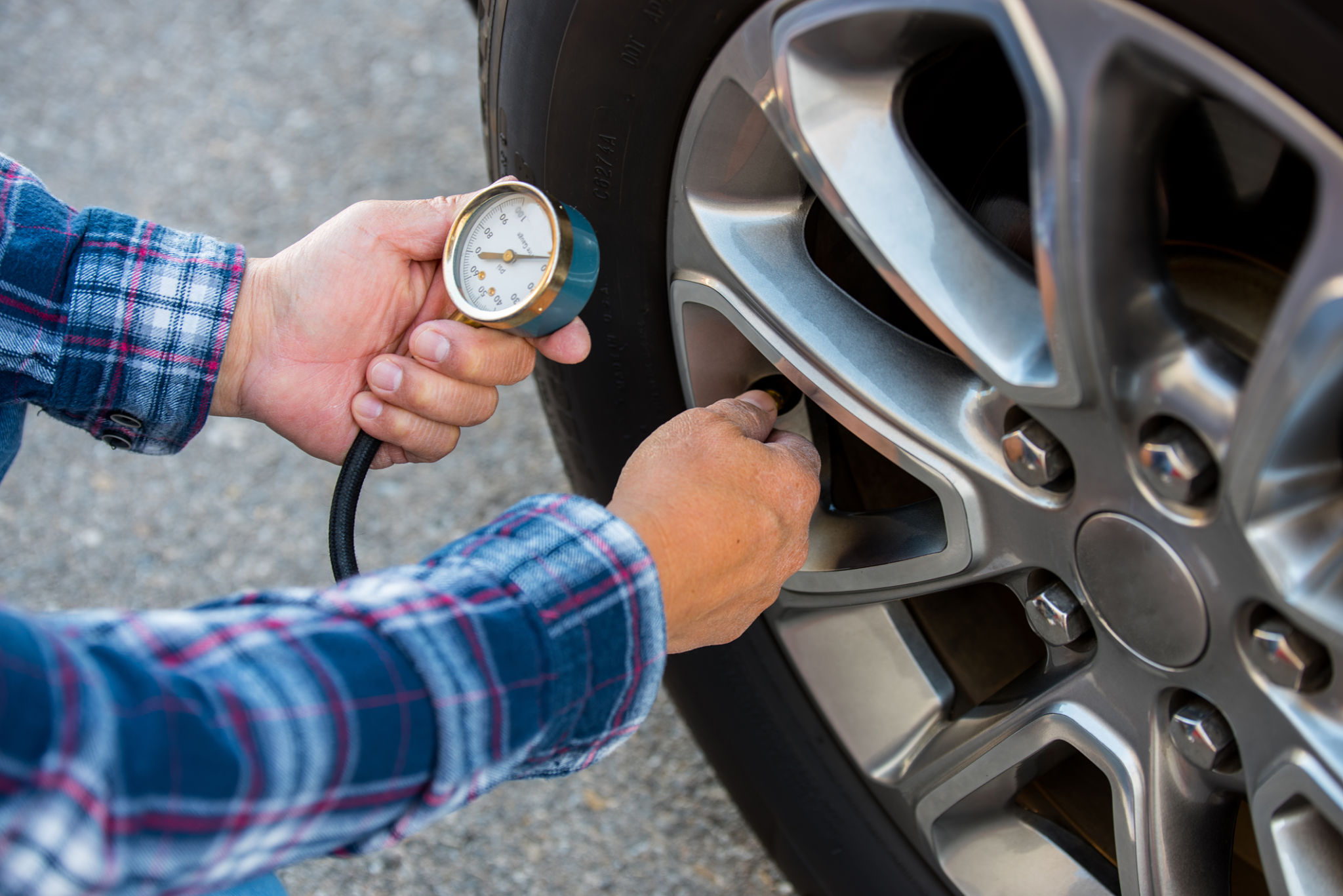How to Perform a Basic Car Inspection at Home
Introduction to Basic Car Inspection
Performing a basic car inspection at home is an essential skill for any car owner. Regular checks can help you identify potential issues early and ensure your vehicle remains in optimal condition. Not only does this save you money on expensive repairs, but it also enhances safety while driving. In this guide, we'll walk you through the steps to conduct a thorough inspection of your car.

Checking Fluid Levels
One of the first steps in a basic car inspection is checking the fluid levels. This includes engine oil, brake fluid, coolant, and windshield washer fluid. Ensure each is filled to the recommended level, as inadequate fluid can lead to severe engine damage or reduced braking efficiency.
To check the engine oil, remove the dipstick, wipe it clean, reinsert it fully, and then remove it again to view the oil level. If it's below the minimum mark, add oil accordingly. Similarly, inspect the brake fluid and coolant reservoirs and top them up if necessary.
Inspecting the Tires
Tire maintenance is crucial for safe driving. Start by checking the tire pressure using a reliable gauge. Refer to your vehicle's manual for the recommended PSI and adjust as needed. Also, inspect the tread depth using a tread depth gauge or a simple penny test; insert a penny into the tread groove with Lincoln's head upside down. If you can see the top of Lincoln's head, it's time to replace your tires.

Examining Lights and Signals
Functioning lights are vital for visibility and communication on the road. Check all exterior lights, including headlights, tail lights, brake lights, and turn signals. Replace any burnt-out bulbs immediately to maintain safety and avoid fines.
It’s also a good idea to have a friend help you ensure all lights are working properly by activating them while you walk around the vehicle. If you notice any flickering or dimming, it may indicate an electrical issue that requires professional attention.
Inspecting Belts and Hoses
Under the hood, visually inspect the belts and hoses for any signs of wear or damage. Cracked or frayed belts can lead to engine failure, while leaking hoses can cause overheating. Gently press on hoses to check for firmness; they should not feel too soft or swollen.

Brakes and Suspension
Your vehicle's brakes are crucial for safety. Listen for any unusual noises when braking and feel for vibrations or pulling to one side. Such signs could indicate worn-out brake pads or rotor issues. Additionally, test the suspension by pressing down on each corner of the car; it should bounce back smoothly without excessive movement.
Battery Health
A healthy battery is key to your car’s reliability. Inspect the battery terminals for corrosion and ensure they are securely connected. You can use a multimeter to check the battery voltage; a fully charged battery should read around 12.6 volts. If it's lower, consider charging it or replacing it if necessary.
Conclusion
By following these steps for a basic car inspection at home, you can extend the lifespan of your vehicle and ensure a safer driving experience. Regular inspections help catch small issues before they become major problems. While these checks cover many essential aspects, remember that some maintenance tasks might require professional expertise.
Staying informed and proactive about your car’s health not only saves money but also enhances peace of mind during every journey. Make these inspections part of your routine to keep your vehicle in top shape year-round.
